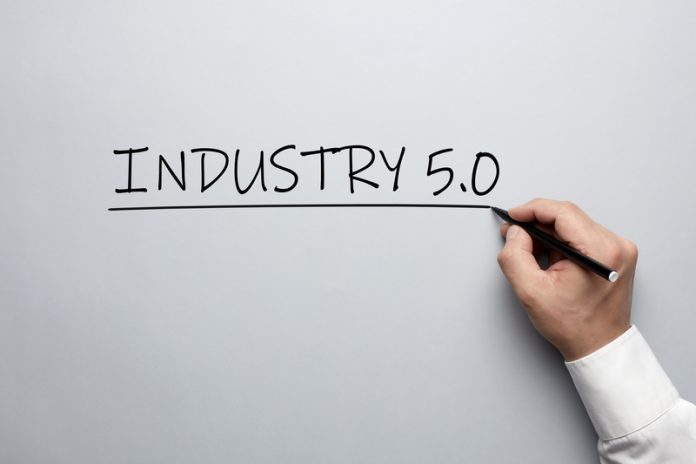Marina Ruggieri, IEEE fellow and professor of telecommunications at University of Roma “Tor Vergata”, discusses how Industry 5.0 will change our workplaces for good and the technologies that will bring this change to light
The pandemic has caused many industries to reconsider their use of technology. The vast transition to remote working has caused an unanticipated acceleration in the digitisation of processes within many businesses worldwide. As the more technical way of working and living becomes increasingly normalised throughout society, there is questioning as to whether the traditional working environment will ever return. This has been one of the key factors in shifting society from Industry 4.0 to 5.0. As society delves into Industry 5.0, connectivity, knowledge and intelligent sensing will become paramount.
As AI-based robots and humans become more connected, productivity, quality, and the security of the working environment is set to significantly enhance. Other advanced technologies, such as internet of things (IoT), contribute to the generation, processing, and knowledge of systems. Industry 5.0 actively encourages and enhances the relationship between humans and robots in cyber-physical domain, while also relying on advanced five-sense and hologram-based communications. As well as this, wearable and implantable devices can be applied to enhance the connectivity of Industry 5.0 scenarios.
Connectivity driving change
Connectivity is at the core of improving the digitalisation of any environment. A strong connectivity infrastructure is essential to the performance and integration of diverse working environments. Connectivity coverage is now expected to be broad, reliable and suitable to applications throughout almost every organisation. An example of this connectivity can be appreciated with 5G in its evolution to 6G – this transition has started a new era in connectivity, characterised by a support-by-design approach to key verticals and technological enablers, such as artificial intelligence and IoT.
Technologies such as the cloud enable super-data storage capability, as well as an augmented presence of co-workers. Again, connectivity is the primary enabler here, as it allows the integration between fixed physical, transportable physical and virtual components in a workspace. This enables broad coverage with low latency, high speed, capacity and security. Additionally, it ensures connectivity infrastructures are both reliable and flexible, which means, software-defined technologies must work as allies when it comes to successful networking, storage and data centres.
A swift transition
The transition from Industry 4.0 to 5.0 is already happening, even though 4.0 has not been widely developed yet, and the unprecedented speed in which society has had to adapt over the last year has led to rapid advancements. For example, things are now moving so quickly, that the transition to Industry 5.0 can occur in as little as a year. The key difference is that Industry 5.0 refers to a combination of advanced Industry 4.0 technologies, creating a digital assistant for humans to easily connect.
The workplace is evolving at tremendous speed, and it is an exciting time for many industries. This ongoing change is expected to continue in the coming years, as developments progress. While the last year has been a unique experience, it has resulted in a copious amount of technological innovation and adaptation to the new digital age. As intelligent systems continue rising to the surface, Industry 5.0 presents an opportunity for society to become more efficient.











